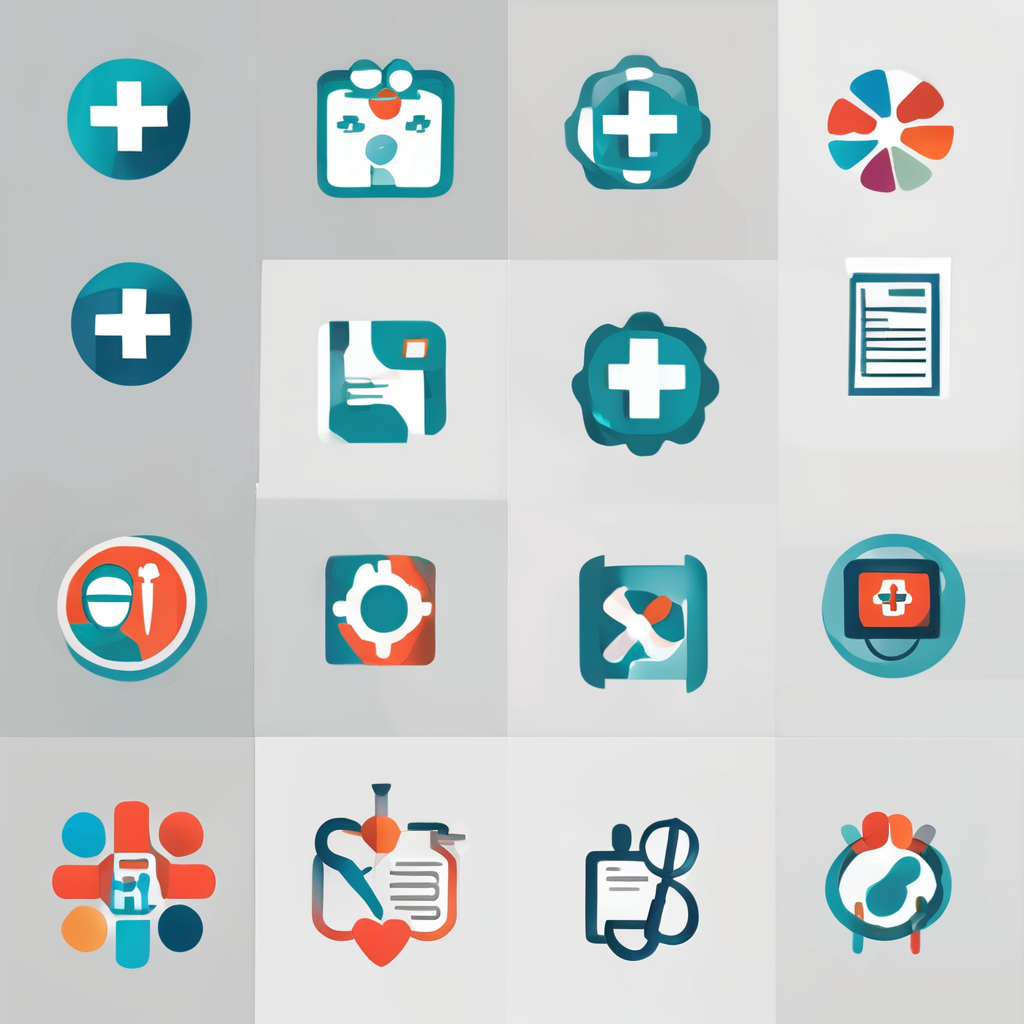Overview of Biofeedback Therapy
Biofeedback therapy is a therapeutic technique that helps individuals gain control over physiological functions that are typically involuntary, such as heart rate and muscle tension. It operates on the principle of using electronic monitoring to convey information about these physiological processes, empowering people to implement stress management and relaxation methods.
Historically, biofeedback emerged in the 1960s, evolving from scientific interest in mind-body connections. Early pioneers utilised electronic systems to measure physiological processes like muscle tension and brain wave patterns, laying the foundation for modern biofeedback methods.
Additional reading : Transform your health: the impact of plant-based diets on reducing type 2 diabetes risk
Biofeedback works by training individuals to alter their physiological activity to improve health. In the context of stress-related disorders, patients learn to recognize their body’s stress responses, using visual or auditory signals as cues to implement relaxation techniques. These therapeutic techniques foster a state of self-awareness, enabling users to identify stress triggers and implement coping mechanisms effectively.
Overall, biofeedback therapy represents a significant stride in non-invasive therapeutic techniques, offering valuable tools for stress management and improving emotional well-being.
Also to read : Enhancing concentration: how dietary adjustments can transform adhd symptom management
Benefits of Biofeedback Therapy for Stress-Related Disorders
Biofeedback therapy provides numerous benefits for those struggling with stress-related disorders, offering both psychological and physiological relief. It’s heralded for its ability to enhance emotional well-being by teaching individuals to recognize and modulate their stress responses effectively. This empowerment can lead to a significant reduction in anxiety levels, promoting a calmer state of mind.
Physiologically, biofeedback is noted for its capacity to induce beneficial changes. For example, studies have documented how stress relief can be achieved through altered heart rate variability and muscle tension reduction, leading to improved circulation and reduced cortisol levels. These changes often result in lowered blood pressure and enhanced immune function.
The real-world benefits of biofeedback are frequently reflected in testimonials from both practitioners and patients. Many individuals report experiencing profound lifestyle improvements, including better sleep, increased focus, and a general sense of control over their lives. Practitioners often observe quicker recovery times in their patients and cite biofeedback as a therapeutic technique that bridges conventional medical treatments and holistic health practices, making it an attractive option for comprehensive stress management.
Methods and Techniques in Biofeedback Therapy
Exploring various biofeedback techniques can aid in effective stress management.
Neurofeedback
Neurofeedback focuses on brain wave patterns to address stress. It involves real-time displays of brain activity, enabling individuals to learn to regulate their brain function. By improving focus and reducing stress, neurofeedback aids in promoting cognitive flexibility and emotional balance.
Heart Rate Variability Training
Heart Rate Variability Training (HRV) aims to enhance heart rhythm through controlled breathing exercises. By increasing heart rate variability, HRV contributes to relaxation, reducing stress-related symptoms. This method supports overall cardiac health and stress resilience.
Muscle Relaxation Techniques
Muscle relaxation plays a pivotal role in biofeedback. Techniques involve monitoring muscle tension and using feedback to foster relaxation. Through these methods, individuals learn to subtly control their body, reducing physical stress implications. Engaging muscle relaxation techniques within therapy sessions offers tangible relief, showcasing biofeedback’s holistic approach to health.
Scientific Evidence Supporting Biofeedback
Scientific research has validated the efficacy of biofeedback in managing stress, cementing its role as a credible therapeutic option. Studies often demonstrate its propensity to not only alleviate stress but also provide sustainable health benefits. By measuring physiological responses like heart rate, researchers have shown how biofeedback techniques can lead to substantial improvements in emotional and physiological health.
When compared to traditional therapy, biofeedback offers a distinct advantage. Unlike standard approaches that may focus on symptoms, biofeedback empowers patients to understand and control their physiological responses. This active engagement can result in more profound and lasting stress management.
A detailed meta-analysis encompassing numerous trials reveals that the outcomes for patients using biofeedback are consistently positive across different stress-related disorders. Participants generally report reduced anxiety, better sleep, and enhanced emotional well-being. These findings underscore biofeedback’s potential as an evidence-based practice, especially for those seeking alternative methods to conventional stress-relief techniques. In essence, the scientific backing for biofeedback is not just promising, but substantial, offering reassurance to those considering it as a therapeutic measure.
Practical Tips for Implementing Biofeedback Therapy
To successfully integrate biofeedback techniques into your daily life, begin by identifying specific routines that can incorporate these practices seamlessly. Biofeedback sessions can be effectively blended with morning or evening rituals, enhancing their therapeutic value. Scheduling regular times for stress management activities ensures consistency, fostering long-term benefits.
For those seeking to practice independently, numerous self-help techniques are available that allow for gradual skill development in biofeedback therapy. These include meditation apps and online courses designed for self-paced learning. Many of these resources also provide virtual feedback mechanisms that mimic professional equipment, offering vital insights into physiological responses.
Selecting the right biofeedback equipment is crucial for maximizing therapy benefits. Look for devices that offer real-time data analysis, user-friendly interfaces, and compatibility with smartphone apps. Trusted brands often feature additional resources or communities to support users.
Engaging with skilled professionals can further enhance your experience. Certified specialists offer personalized guidance, which can be found through professional directories or biofeedback associations. Key factors to consider when finding practitioners include certification, experience, and patient testimonials, ensuring a supportive and effective therapeutic journey.
Case Studies and Personal Experiences
Biofeedback therapy’s effectiveness is vividly captured in case studies and personal testimonials, illustrating its profound impact on stress management. One notable case involves a corporate professional experiencing chronic stress due to job pressures. By incorporating biofeedback sessions focusing on therapeutic techniques like breath modulation, he regained emotional balance, resulting in enhanced work performance and reduced anxiety.
Testimonials from users further highlight success stories. Many individuals identify biofeedback as pivotal in transforming their stress-related disorders into manageable conditions. A common theme in these testimonials is the newfound ability to implement stress management strategies in real-time, alleviating symptoms before they escalate.
Practitioners, reflecting on their experiences, often describe how biofeedback facilitates a shift in patients’ perspectives. They note an increase in emotional well-being, with patients reporting not only stress relief but also improvements in other areas of life such as sleep quality and interpersonal relationships. These insights affirm biofeedback’s reputation as a versatile, effective approach in the therapeutic landscape, endorsed by both personal experiences and professional observations.
Finding Biofeedback Practitioners and Resources
Locating proficient biofeedback practitioners is pivotal for effective therapy. Start by researching certified specialists through professional directories or biofeedback associations. These entities ensure practitioners meet established standards, enhancing trust and therapeutic outcomes.
Explore online resources and forums dedicated to biofeedback. These platforms offer valuable insights into practitioners’ reputations and provide firsthand experiences from other clients. Engaging with such communities can guide you in making informed decisions about therapy sessions.
To broaden understanding, utilize informative websites hosting scholarly articles and expert blogs. These resources are instrumental in deepening your knowledge of biofeedback therapy and its applications, supplementing in-clinic experiences.
Therapy sessions may vary, so it is essential to discuss your specific needs with potential practitioners. Inquire about session structures, expected outcomes, and the therapeutic techniques they employ. A tailored approach is more likely to yield beneficial results for stress management.
Professional organizations often extend educational support and training workshops, equipping you with the skills and confidence to make the most of your biofeedback journey. Engaging with these institutions can provide a comprehensive foundation in understanding the nuances of biofeedback.











